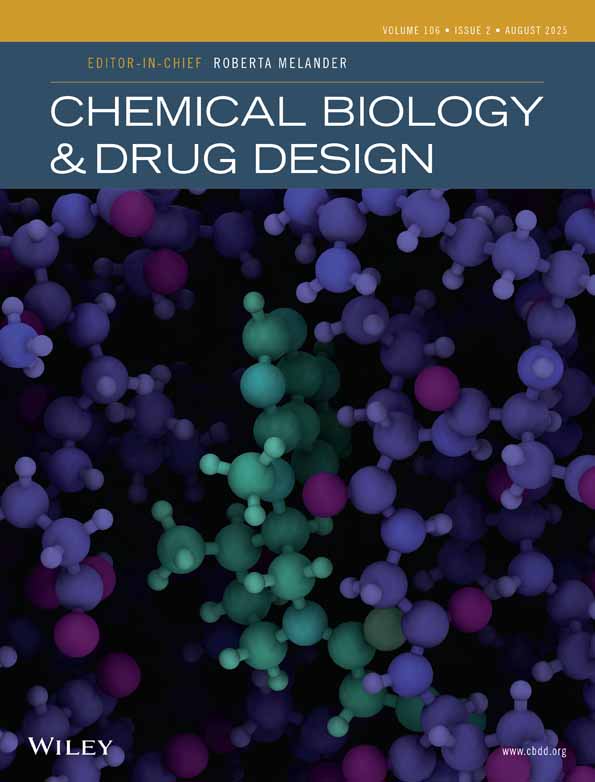THE EFFECTS OF DENATURANT AND TEMPERATURE ON THE CIRCULAR DICHROIC SPECTRUM OF OVINE LUTROPIN-α
Abstract
Circular dichroic (CD) spectra of the glycoprotein hormone subunit, lutropin-α, have been obtained under denaturing conditions (6 M guanidinium chloride, GdmCl) with the disulfides intact, reduced, and reduced and S-carboxymethylated. Above 260 nm, these spectra are similar (although not identical), showing that the disulfide chromophores do not contribute appreciably to the near ultraviolet CD spectrum under denaturing conditions. However, these spectra differ considerably from that of native lutropin-α over this spectral region demonstrating that the tertiary structure of lutropin-α has a major influence on the near ultraviolet CD spectrum. The magnitude of the 232.5 nm positive CD extremum of lutropin-α was found to increase with increasing GdmCl concentration and with decreasing temperature. Between 5d̀C and 45d̀C, the ellipticity [θ] at 232.5 nm changed in a linear fashion with temperature; at other wavelengths the thermal changes in [θ] were quite small. [θ] at 232.5 nm increased by about 80% over a 3 M GdmCl range; in contrast, [θ] at 216 nm (indicative of β-structure) exhibited maximal changes over a 0.5 M GdmCl range. These results indicate some conformational flexibility in lutropin-α. The positive 232.5 nm CD extremum has been assigned to one or more tyrosyls which are influenced by an intact disulfide. The latter was demonstrated by showing that reduced and S-carboxymethylated lutropin-α failed to exhibit the positive extremum.




